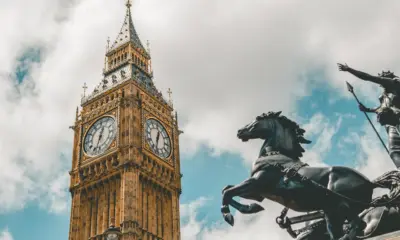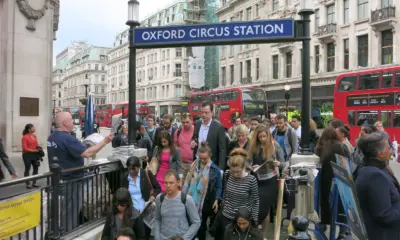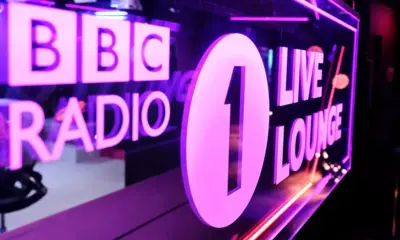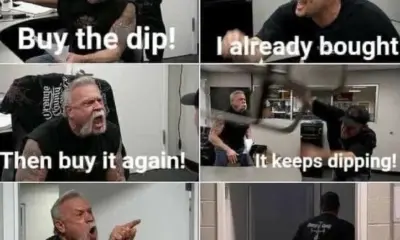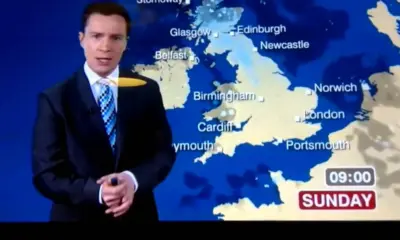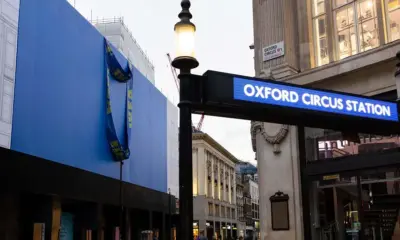Tech
Oxford Circus Billboard Flashes Meme Token Prices Instead of Ads
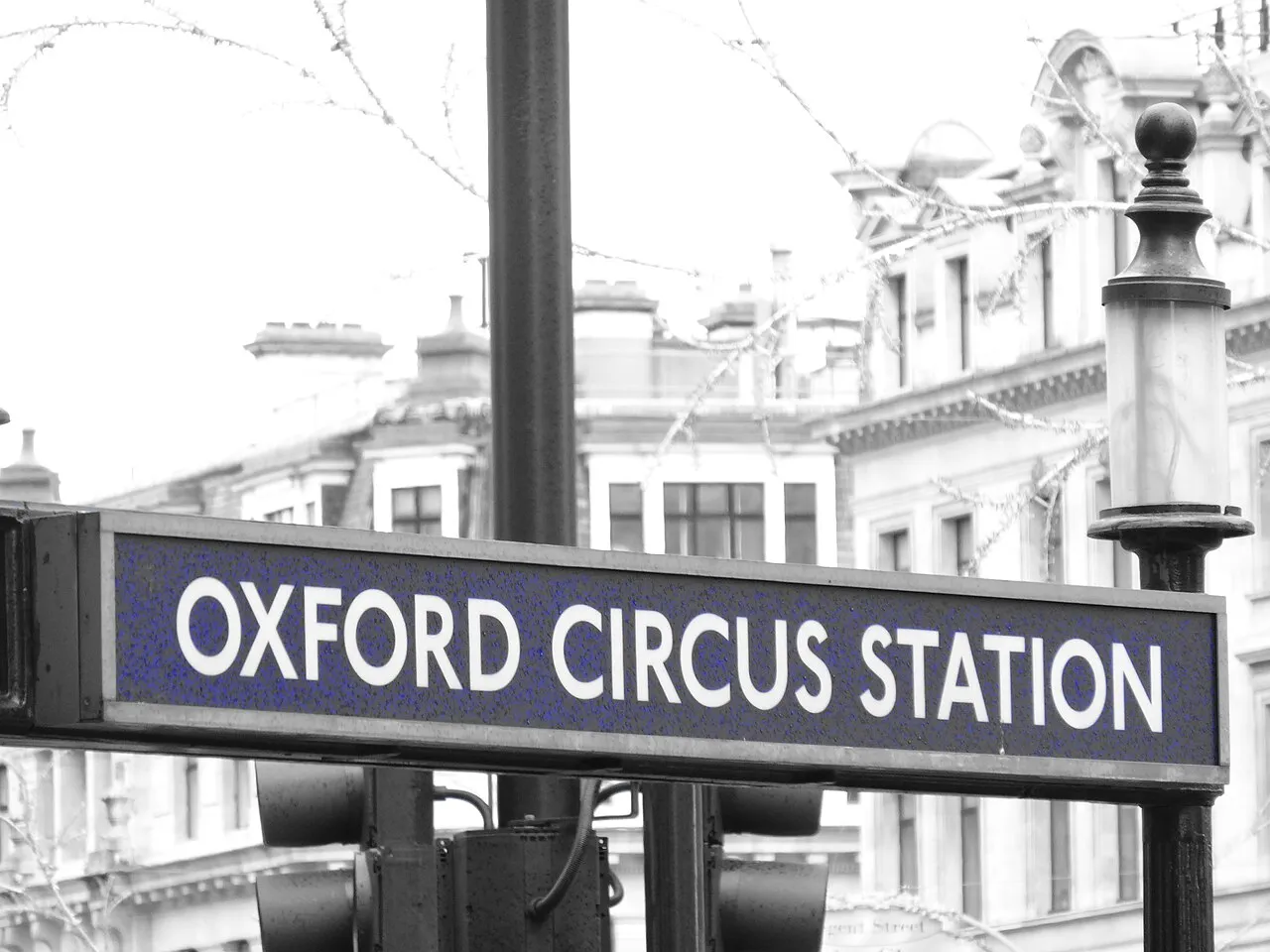
Shoppers track coins between Zara and H&M.
By Emily Carter – Urban Lifestyle & Finance Blogger
From Fashion to Finance
Oxford Circus is one of London’s busiest intersections, surrounded by flashing billboards that usually promote perfume, trainers, or the latest Netflix series. But according to viral rumours, the giant electronic boards recently abandoned advertising altogether. Instead, they allegedly displayed live meme token prices, turning one of London’s top shopping districts into an outdoor crypto exchange.
Videos circulating online showed Dogecoin charts rising over Nike ads and Shiba Inu logos replacing Coca-Cola slogans. A TikTok clip went viral with the caption: “Finally, Zara accepts volatility.”
Shopper Chaos
Tourists and locals alike were baffled. One woman said, “I came to buy shoes, but now I’m checking token prices every five seconds.” Another joked, “I was meant to meet a friend at H&M, but the billboard liquidated me first.”
Crowds gathered in the square, staring at candlestick charts glowing across the billboards. Street performers even joined in, holding cardboard signs reading “Buy the dip before Topshop.”
Fake or Real?
Instagram polls revealed 55 percent believed the rumour. “Feels true,” one commenter argued. “Advertising already scams us, so why not show crypto instead?” Another replied, “Fake, but believable. Oxford Circus already feels like Wall Street in trainers.”
The plausibility of the rumour made it spread even faster. In a city addicted to spectacle, meme tokens were just the latest show.
Meme Avalanche
Memes lit up Twitter and TikTok within hours. One edit showed a model posing under glowing crypto charts with the caption “Fashion fades, tokens crash faster.” Another featured Big Ben wearing a Supreme hoodie while a Shiba Inu logo glowed behind it.
Parody adverts included:
- “Primark accepts PepeCoin.”
- “Gucci powered by gas fees.”
- “Meme markets open 24/7 on Oxford Street.”
Camden stalls sold novelty tote bags saying “I bought the dip at Oxford Circus.”
Top Comments from the Internet
- “Finally, something more unstable than Topshop sales.”
- “Proof of drip meets Proof of Stake.”
- “Even my shopping trip got rugged.”
Officials React
Westminster Council issued a flat denial: “Oxford Circus billboards continue to show traditional advertising.” But parody press releases quickly filled the void. One fake announcement read: “Shoppers deserve full transparency of meme volatility.”
Even fashion influencers played along. One posted a clip posing under glowing charts with the caption: “OOTD: On-chain of the Day.”
Why It Resonates
The rumour resonates because shopping districts already rely on hype, clout, and fast-moving trends. Meme tokens behave in the same way: they surge, they crash, and they leave people wondering why they bought in.
An LSE sociologist explained, “Oxford Circus displaying meme coins works as satire because fashion and finance both thrive on spectacle.” The line was quickly turned into a viral meme.
Satirical Vision of the Future
Imagine if London retail fully embraced crypto chaos. Westfield malls are streaming token auctions on escalators. Harrods is selling NFT handbags visible only in AR apps. Even Tesco flashing live gas fees above self-checkouts.
A parody TikTok already circulates showing mannequins in Zara with price tags changing in real time with token charts. The video caption reads: “Volatility never looked so chic.”
Shopper Reactions
For visitors, the rumour was part comedy, part nightmare. One tourist joked, “I thought Oxford Circus was stressful before. Now I feel liquidated and broke.” Another TikTok showed a group of students yelling “HODL!” while sprinting into H&M.
By Sunday, street vendors were selling hot dogs under glowing crypto projections, advertising them as “gas-fee free.”
The Bigger Picture
Beneath the laughter lies a critique of how both advertising and crypto manipulate attention. Billboards demand focus. Tokens demand obsession. Combining them creates a parody of a city where even shopping trips turn into speculative markets.
Cultural critics suggest the rumour resonates because London already monetises every square inch of public space. Turning it into a trading floor is absurd, but not unthinkable.
Conclusion
Whether Oxford Circus billboards really displayed meme tokens is irrelevant. The rumour has already embedded itself in London’s meme economy, proving once again that no part of the city is safe from speculation.
So the next time you head to Oxford Street, don’t just check your shopping list. Check the charts too. Because in 2025, your trainers might be priced in tokens.
By Emily Carter – Urban Lifestyle & Finance Blogger
emily.carter@londonews.com

